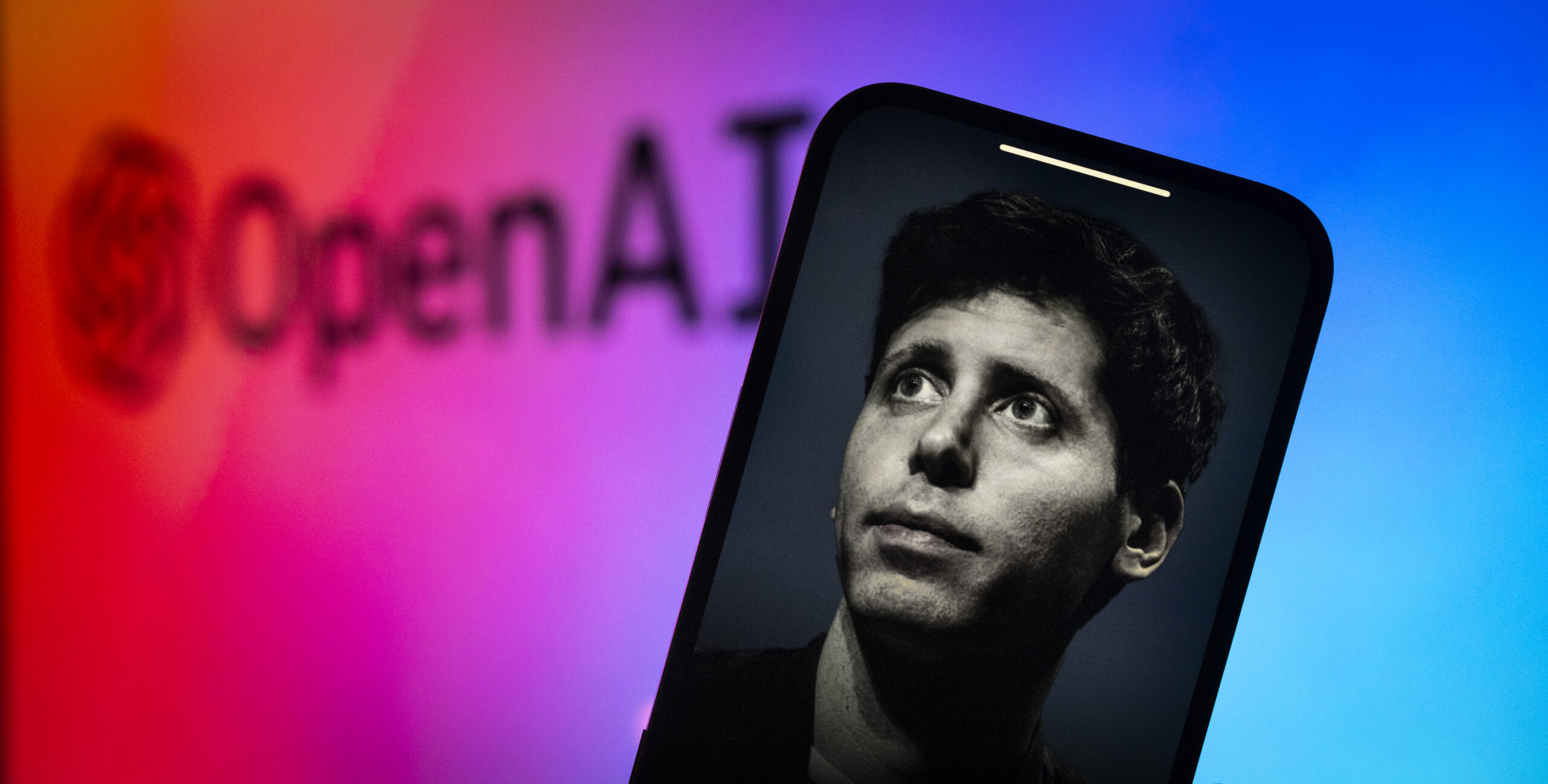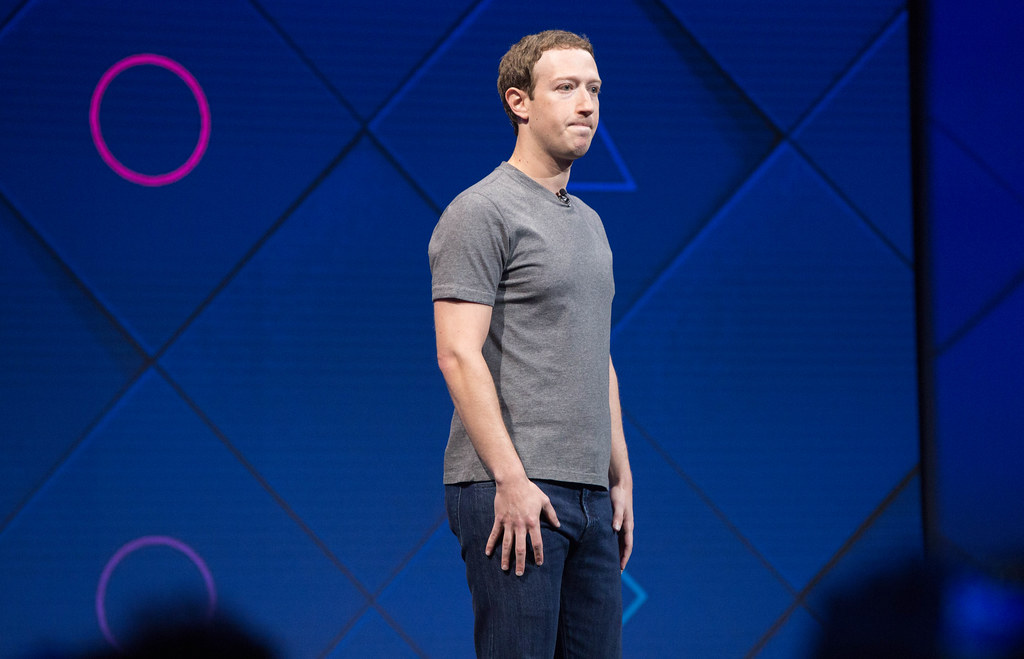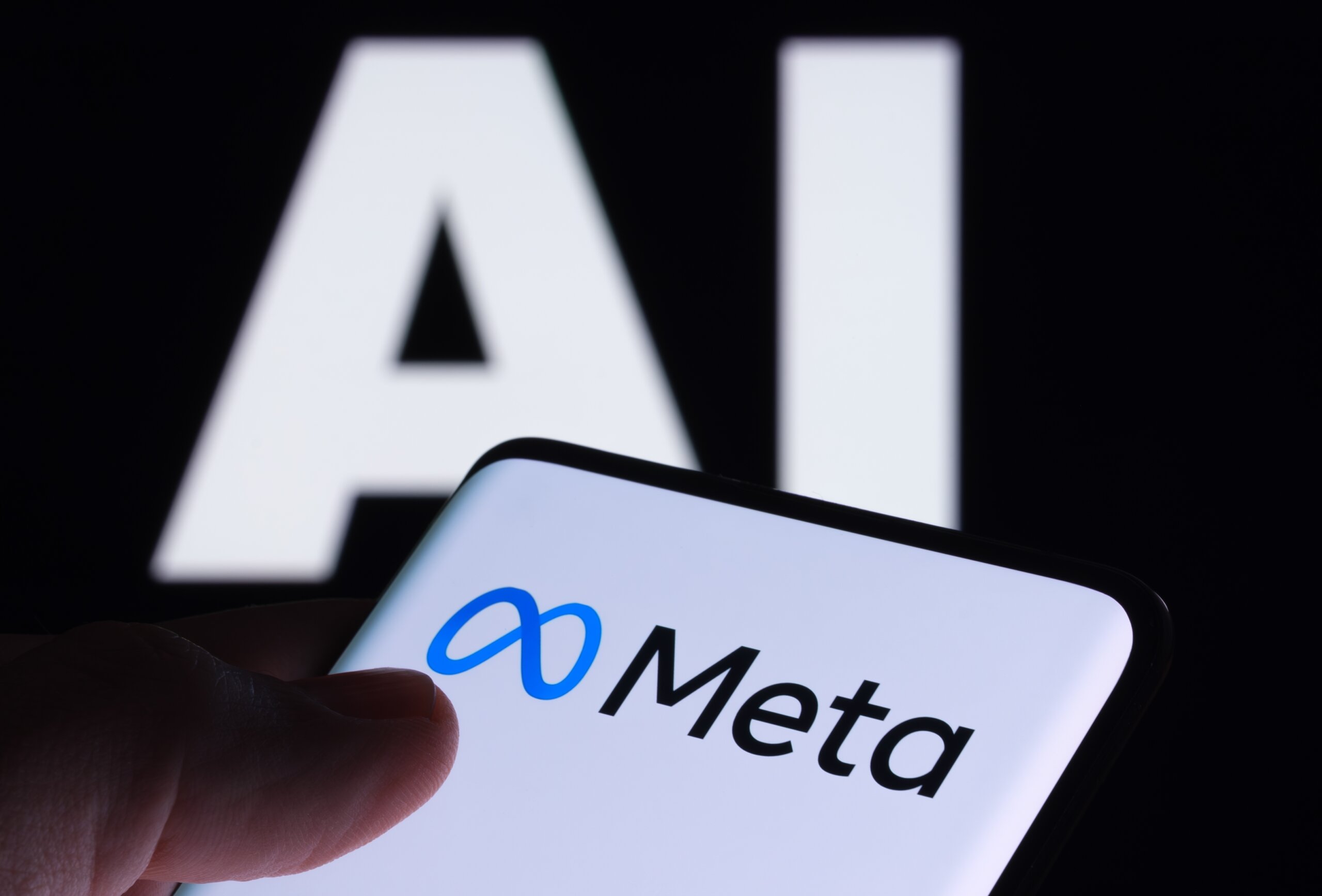OpenAI is reportedly preparing to release its next major AI model, codenamed Orion, by December 2024.
Unlike previous models such as GPT-4o and o1, Orion will not be immediately available through ChatGPT for public use. Instead, OpenAI plans to grant early access to its trusted partners, allowing them to build their own products and features based on the model.
According to sources cited by The Verge, Microsoft engineers are gearing up to host Orion on Azure as soon as November, though it remains unclear what OpenAI will officially name the model upon release. Some speculation suggests it could be the successor to GPT-4, but its name, whether GPT-5 or something else, has not been confirmed.
This new model is said to be substantially more powerful than GPT-4, with an OpenAI executive hinting that Orion could be up to 100 times more capable. The model is reportedly separate from the o1 reasoning model, which was released by OpenAI in September. The company’s broader goal is to combine its language models over time to create a more advanced system that could eventually reach the level of artificial general intelligence (AGI).
In an internal celebration in September, OpenAI researchers reportedly marked the completion of Orion’s training process. At the same time, OpenAI CEO Sam Altman made a cryptic post on X (formerly Twitter), where he mentioned being “excited for the winter constellations to rise soon.” Some in the AI community interpreted this as a reference to Orion, which is a winter constellation visible from November to February. The model, internally referred to as “Orion,” has been a subject of internal discussion at OpenAI, where previous models were often named based on codenames, such as “strawberry” for the o1 model.
i love being home in the midwest.
the night sky is so beautiful.
excited for the winter constellations to rise soon; they are so great.
— Sam Altman (@sama) September 14, 2024
Orion’s development is tied closely with the o1 model, as reports suggest that OpenAI used synthetic data from o1, codenamed “strawberry,” to train Orion. This strategic use of synthetic data highlights OpenAI’s ongoing efforts to create increasingly advanced AI systems capable of integrating large language models (LLMs) with other functionalities, pushing the boundaries of AI capabilities.
OpenAI’s release of Orion comes during a critical phase for the company. In recent months, the startup completed a historic $6.6 billion funding round, valuing the company at $157 billion. This financial boost has put significant pressure on OpenAI to continue producing groundbreaking models to maintain its leading position in the tech world.
The company is also undergoing substantial internal changes, including the departure of key executives. CTO Mira Murati, Chief Research Officer Bob McGrew, and VP of Post-Training Barret Zoph recently announced their exits, contributing to a time of transition for OpenAI.











